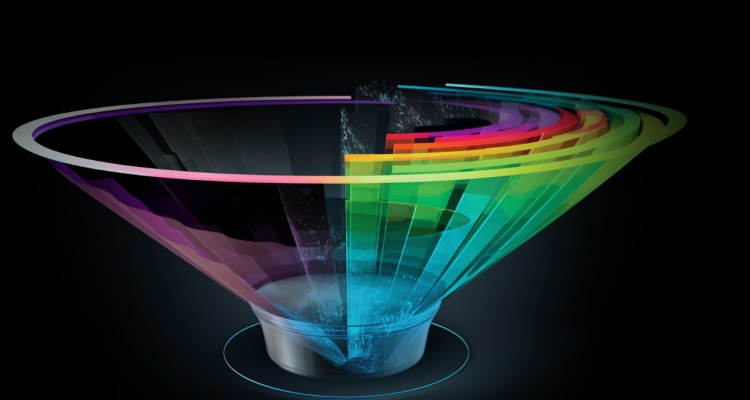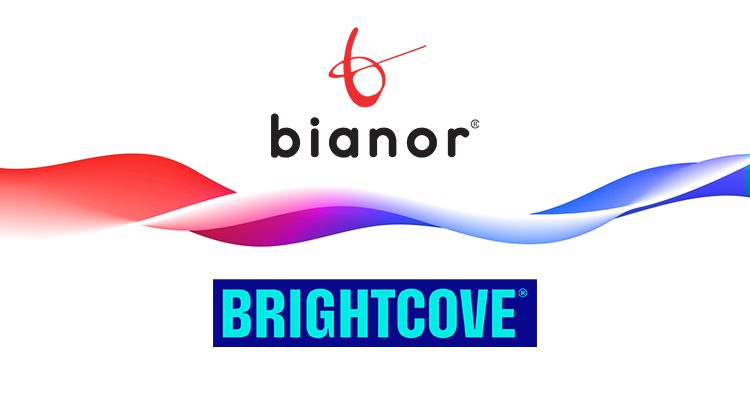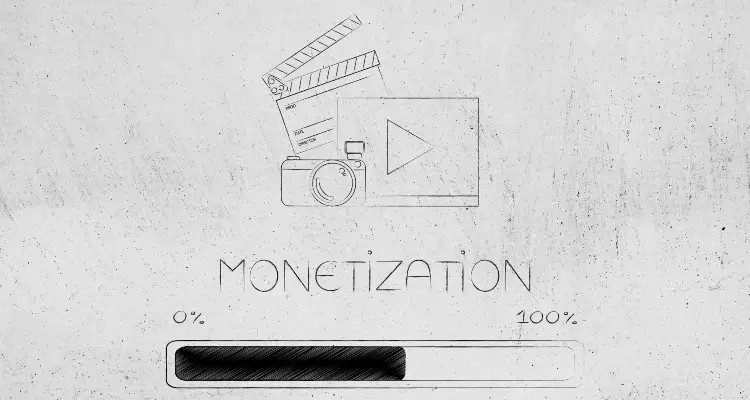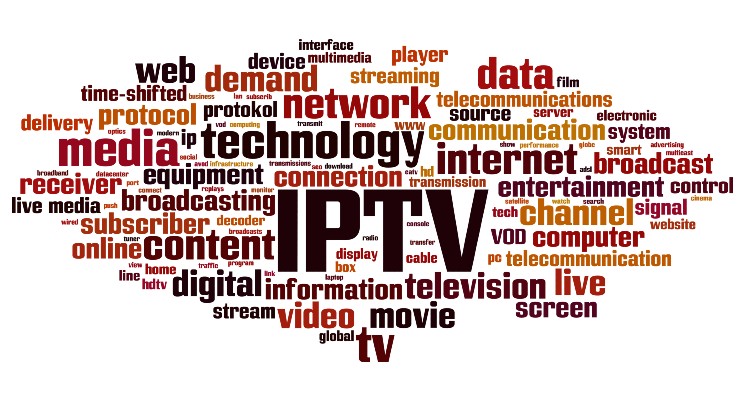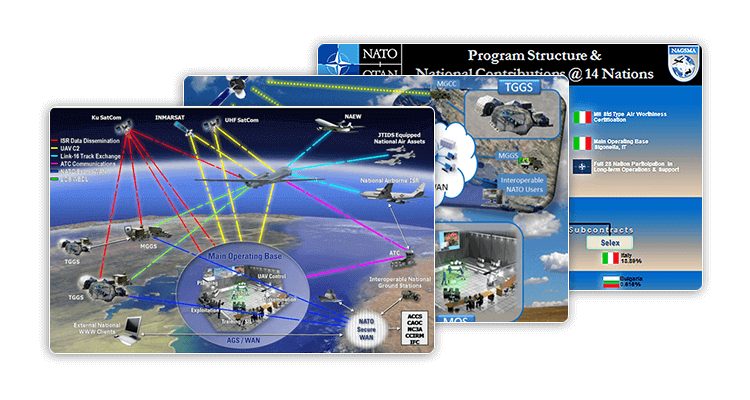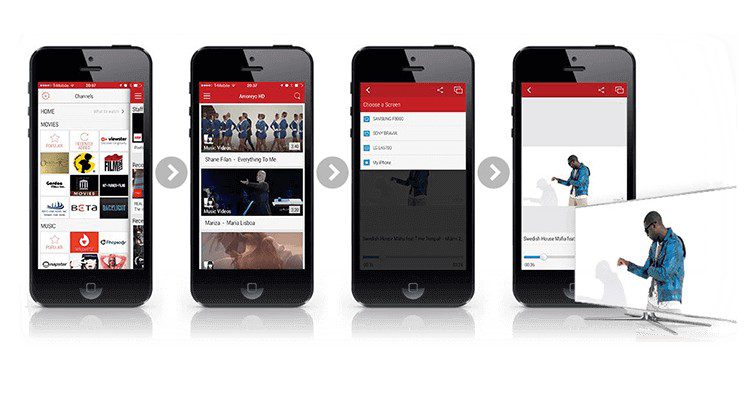Encoding: The First Step for Success in Video Streaming
What is encoding in video streaming, and why is it crucial for the success of any OTT streaming application?
Welcome to our article series, where we’re digging into online video streaming systems. Here, we’re going to focus on Video Encoding. As we go on, we’ll tackle other vital topics like Transactions, Ad serving, and Subscriptions. Stay tuned as we continue to break down how video streaming works.

- Encoding
- Encoding is the process of preparing video content for streaming by compressing and converting it into a suitable format. It’s the invisible powerhouse behind every smooth streaming experience. While it might sound technical and obscure, without encoding, streaming the latest blockbuster movie or binge-watching your favorite series in high-definition would remain a distant dream.
Video Encoding Importance
From the early days of grainy, slow-buffering videos to today’s seamless 4K streams, the journey of video streaming has been transformative. At the heart of this evolution is encoding. Encoding helps transform raw video files into a digital format compatible with various devices and internet speeds. The magic wand compresses gigabytes of data into a manageable size without compromising on quality, enabling faster and smoother streaming.
Deep Dive
At the heart of the encoding process are codecs, designed to compress (encode) and decompress (decode) video data. The landscape of video codecs has grown substantially over the years, with each new iteration aiming to improve compression efficiency while preserving video quality.
From MPEG-2 used in DVDs and early digital television, the industry moved towards H.264 (AVC), which significantly improved compression efficiency. The advancement continued with H.265 (HEVC), providing excellent compression rates, making it an optimal choice for 4K streaming.
Open-source codecs like VP9 and AV1 also gained traction, promising comparable, if not better, compression efficiency than H.265, but without the associated licensing costs. Understanding the strengths and limitations of these codecs can aid in making informed encoding decisions.
The Science Behind Encoding
Digging deeper, encoding decisions hinge on several parameters, including bitrate, resolution, and frame rate. Bitrate, the amount of data processed per unit of time, directly impacts video quality and the bandwidth required for streaming. Striking the right balance between a higher bitrate for quality and a lower bitrate for reduced bandwidth consumption is crucial.
Resolution and frame rate further complicate the encoding equation. Higher resolution delivers more detailed images, and higher frame rates provide smoother motion, but both demand higher bitrates.
Case Study
Consider the case of Netflix, a global streaming giant that has continually fine-tuned its encoding strategies to optimize streaming performance.
Initially, Netflix employed a relatively simple approach to encoding. They used the same set of encoding parameters (bitrate, resolution, codec) for all content, irrespective of its intrinsic characteristics. However, this one-size-fits-all approach could have been more optimal. Complex action movies encoded at the same bitrate as a simple cartoon resulted in unnecessary bandwidth consumption for the cartoon and potentially poorer quality for the action movie.
Recognizing this, Netflix transitioned to a more sophisticated strategy known as per-title encoding around 2015. This innovative approach optimizes encoding parameters for each video based on its complexity. For instance, a visually simple show like “Bojack Horseman” could be encoded at a lower bitrate than a visually complex one like “Stranger Things” without losing perceived visual quality.
Implementing per-title encoding was a challenging task. It involved re-encoding Netflix’s entire content library, a massive computational undertaking. However, this strategic move led to significant bandwidth savings and improved streaming quality, demonstrating a solid case for tailored encoding strategies.
The company didn’t stop there. Building upon the per-title encoding approach, Netflix introduced per-shot encoding, further refining its methodology. Instead of choosing encoding parameters for the entire video, this technique adjusts parameters for each shot, accommodating changes in video complexity within the content.
Advanced Encoding Techniques
As we aim to deliver superior streaming experiences, we must acknowledge the dynamic nature of internet connectivity and user devices. This is where advanced encoding techniques, notably Adaptive Bitrate Streaming (ABR) and Content-Aware Encoding, come into play.
Adaptive Bitrate Streaming (ABR)
A fundamental technique most streaming services employ today, ABR, addresses the fluctuating nature of network conditions. Instead of streaming at a fixed bit rate, ABR dynamically adjusts the quality of a video stream in real time based on network conditions and the capacity of the viewer’s device.
We achieve this by preparing multiple versions of the same content at different bitrates and resolutions, known as renditions. When the viewer’s network conditions change, the player can switch to a rendition that suits the new requirements better. For instance, if the viewer’s network speed drops, the player can switch to a lower bitrate rendition to prevent buffering. Conversely, the player can change to a higher bitrate rendition if the network conditions improve to deliver better video quality.
ABR dramatically enhances the viewer experience by minimizing buffering and maximizing quality. However, it requires sophisticated algorithms at the player end to estimate network conditions and make optimal rendition switching decisions. It also imposes an additional computational load on the encoding side to generate multiple renditions of the same content.
Content-Aware Encoding
While ABR caters to varying network conditions, Content-Aware Encoding addresses the diversity in the content itself. As we saw in the Netflix case study, not all content is created equal. A visually complex action movie requires a higher bitrate to maintain the same perceived quality as a simple cartoon.
Content-Aware Encoding considers this and adjusts encoding parameters based on the complexity of the video. For instance, it might allocate a higher bitrate to a complex action scene and a lower bitrate to a simple dialogue scene. This results in more efficient use of bandwidth without sacrificing video quality.
Implementing Content-Aware Encoding requires sophisticated algorithms to analyze the video content and make optimal encoding decisions. The benefits, however, are significant, leading to better video quality and bandwidth efficiency.
In conclusion, Advanced Encoding Techniques like ABR and Content-Aware Encoding are crucial in our quest to deliver superior streaming experiences. As video engineers, understanding and leveraging these techniques can profoundly impact our platforms’ performance.
Real-world Applications of Encoding Techniques
Today, streaming platforms apply advanced encoding techniques and principles to maximize video quality while optimizing bandwidth use. Some examples illustrate how these techniques are deployed in the real world.
YouTube
As one of the world’s largest video-sharing platforms, YouTube handles an immense variety of content and caters to a wide range of devices and network conditions. To manage this diversity, YouTube employs a multi-codec strategy, supporting a range of codecs from H.264 to VP9 and AV1.
YouTube’s encoding strategy relies heavily on Adaptive Bitrate Streaming (ABR). ABR allows YouTube to serve the optimal video quality based on the viewer’s network condition and device capacity, ensuring a smooth viewing experience. For instance, when a viewer with a slower internet connection watches a video, ABR allows the player to switch to a lower-quality stream to prevent buffering.
Additionally, YouTube employs Content-Aware Encoding to optimize video quality for a given bitrate. This means that a visually complex video might be streamed at a higher bitrate than a simpler one, ensuring optimal video quality for both.
Amazon Prime Video
Like YouTube, Amazon Prime Video uses a combination of codecs, including H.264, H.265 (HEVC), and VP9, to deliver content. Amazon Prime Video also uses ABR to ensure viewers receive the best possible video quality for their current network conditions. It creates several renditions of each video at different resolutions and bitrates, and the player dynamically switches between these renditions based on real-time network conditions.
To further optimize video quality and bandwidth use, Amazon Prime Video uses a form of Content-Aware Encoding called “defined quality variable bitrate” (DQVBR). This encoding method adjusts the bitrate based on the complexity of each scene in the video, ensuring that every scene is encoded at the highest possible quality for a given bitrate.
The Future: AI in Encoding
Emerging technologies like AI and machine learning are starting to play a role. Companies like Netflix and Twitch are exploring AI-powered encoding, which uses machine learning algorithms to make more efficient encoding decisions. These AI models analyze each video and learn its characteristics, enabling them to predict the optimal encoding parameters for each scene.
In conclusion, real-world applications of encoding techniques demonstrate the significant impact of encoding on the performance of video streaming platforms. As these platforms continue to evolve and innovate, staying up-to-date with the latest encoding technologies and techniques is crucial for any video engineer.
Challenges in Encoding
While the role of encoding in video streaming is undeniable, it’s not without its challenges. Engineers with encoding systems must navigate several technical and strategic hurdles to deliver optimal streaming experiences. Here are some of the key challenges:
1. Balance Between Quality and Bandwidth
One of the primary challenges in encoding is striking the right balance between video quality and bandwidth consumption. Higher video quality typically requires more data, which translates to higher bandwidth. However, not all users have high-speed internet connections, and excessive data usage could lead to buffering, negatively impacting the viewer experience. Thus, encoding systems must optimize the video quality for a given bitrate, requiring sophisticated algorithms and techniques.
2. Compatibility with Various Devices and Platforms
Another challenge is ensuring compatibility across a multitude of devices and platforms. Viewers access streaming content on various devices, including TVs, computers, tablets, and smartphones, each with different capabilities and screen resolutions. Furthermore, different platforms support different codecs. Encoding systems must cater to this diversity, necessitating a multi-codec strategy and adaptive bitrate streaming.
3. Keeping Up with Technological Advancements
As technology evolves, so do encoding standards and techniques. New codecs like H.265 (HEVC), VP9, and AV1 offer better compression efficiency than older ones like H.264. Similarly, advanced encoding techniques like Content-Aware Encoding and AI-powered encoding provide better video quality and bandwidth efficiency. However, adopting these new technologies requires significant time, resources, and computational power investment. Furthermore, these new codecs and techniques must be compatible with existing devices and platforms, adding to the challenge.
4. Latency
In specific applications like live sports streaming, low latency is crucial. However, techniques like ABR, which involve creating multiple renditions of the same content, can introduce latency. Encoding systems must minimize this latency without compromising video quality or bandwidth efficiency.
Final words
Alright, let’s wrap this up. Encoding is the backbone of streaming – it allows us to send videos online without eating up all our bandwidth. But it’s complex, and it’s constantly changing. We’ve got new techniques like ABR and Content-Aware Encoding helping us out, but even more advanced stuff is on the horizon, like AI-powered encoding.
This article is just one part of a more extensive series on video streaming – we’ve already talked about stuff like streaming protocols, CDNs, video players, and more to come. Next, we’ll dive into video ingestion, transcoding, and cutting. Keep an eye out for it!
Video Streaming Lifecycle
Download Bianor’s white paper to learn more about the five most crucial components of video streaming lifecycle.










